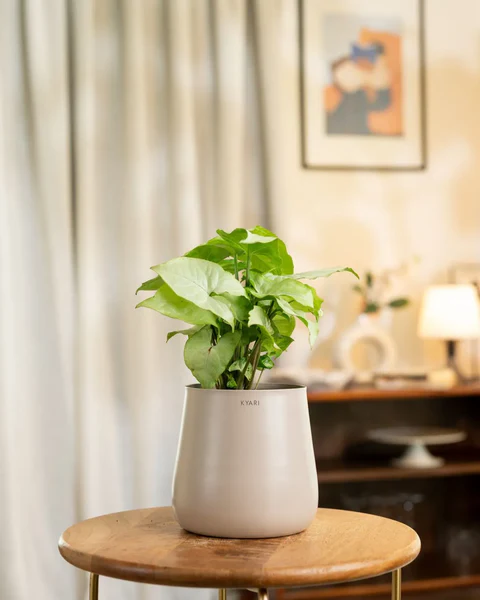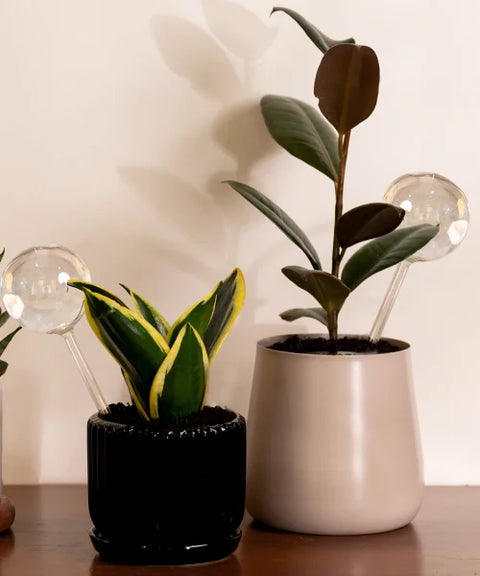About
Syngonium
The Syngonium, with its arrow-shaped leaves and versatile growth habit, is a delightful houseplant that adds a touch of elegance to any indoor space. Known for its adaptability, it’s perfect for both novice and experienced plant enthusiasts
Origin
Native to the tropical rainforests of Central and South America.
Light
Prefers bright, indirect light but can tolerate low light conditions. Syngoniums are versatile and can adapt to various light environments, though they thrive best in well-lit areas. Avoid direct sunlight to prevent leaf burn.

Water
Water when the top inch of soil feels dry. Syngoniums prefer evenly moist soil but are susceptible to root rot if overwatered. Adjust watering frequency based on light exposure and indoor climate.
Humidity
Thrives in average household humidity but appreciates occasional misting. Syngoniums can adapt to varying humidity levels, making them versatile for different indoor environments.
: Syngonium also known as the arrowhead plant, has leaves that change shape as they mature, starting out as arrowheads and becoming more lobed over time. This shape-shifting ability makes it the shape-shifter of the plant world
Placement
The Syngonium is known for its calming energy and adaptable growth habit. Here’s where to place it
Adds a touch of greenery and improves air quality. Position it near a window with indirect light to showcase its unique leaves.
Enhances focus and reduces stress. The presence of a Syngonium can create a more serene and productive workspace.
Promotes a restful sleep environment by purifying the air. A Syngonium in the bedroom can help create a calming atmosphere.
Frequently Asked Questions
The ideal temperature for a Syngonium is between 60°F to 80°F (16°C to 27°C). It prefers warm stable temperatures and should be protected from cold drafts.
Water your Syngonium when the top inch of soil feels dry. Adjust the frequency based on light exposure and indoor climate ensuring the soil remains evenly moist but not soggy.
Syngoniums prefer bright indirect light but can tolerate low light conditions. Avoid placing them in direct sunlight to prevent leaf burn.
Place your Syngonium in a bright indirect light area such as the living room or office. They thrive in well-lit areas but can adapt to lower light conditions
Trim off any dead or yellowing leaves and ensure the plant is free from dust. Regular pruning helps maintain its shape and encourages new growth.
Yellowing leaves can be caused by overwatering or poor drainage. Improve drainage and reduce watering.
Brown leaf edges indicate low humidity or underwatering. Increase humidity and ensure consistent watering
Keep the plant clean by wiping the leaves and inspecting regularly for pests. Use insecticidal soap if necessary. Syngoniums can be susceptible to spider mites and mealybugs.
Drooping leaves can be caused by underwatering or overwatering. Adjust watering schedule to ensure soil is evenly moist but not soggy.
Yellow leaves can indicate overwatering. Allow the soil to dry out between waterings and ensure the pot has adequate drainage.


































 Apply Discount at Checkout
Apply Discount at Checkout 

























































































